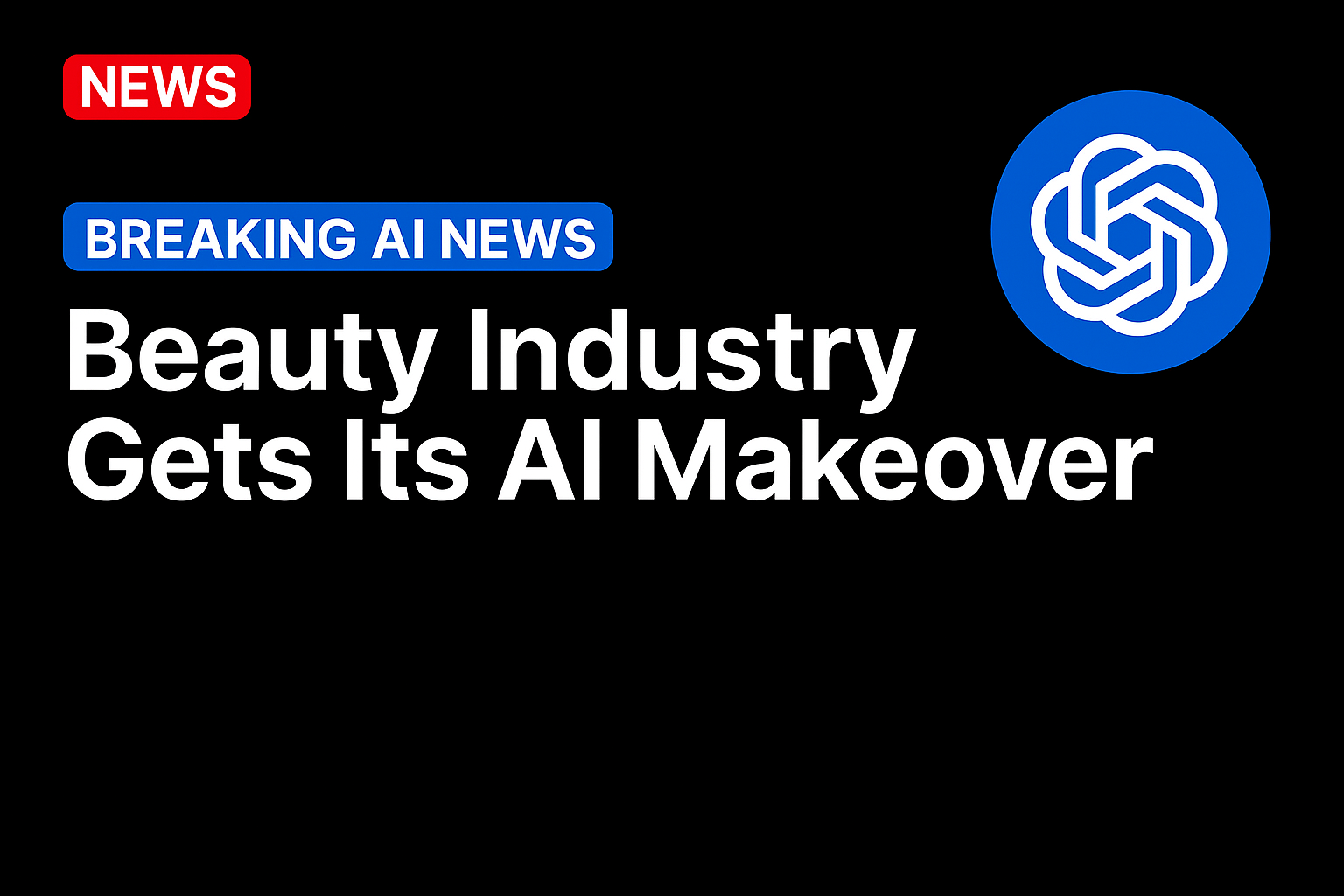
From foundation matching and real-time consultations to generative marketing and supply chain forecasting, artificial intelligence (AI) is getting integrated into nearly every part of the beauty business.
A McKinsey analysis found that beauty companies integrating AI into personalization and media campaigns reported conversion uplifts of up to 40%, with marketing productivity gains reaching 20%. Yet, as Vogue reported, the sector still faces trust and inclusivity challenges as algorithms learn to interpret the full spectrum of human skin and identity.
Big Brands, Big Tech
Large beauty brands are treating AI as both a growth engine and a creative backbone. Glossy reported that Estée Lauder, following a market value decline driven by weak travel retail sales, has been rebuilding its business through enterprise AI adoption. The company partnered with Microsoft to create a digital operating platform that supports marketing, supply chain forecasting and product innovation.
Glossy said the system’s generative models are now used to produce ad copy, visual content and internal creative assets, cutting production timelines nearly in half. Estée Lauder’s financial disclosures indicate that AI-driven media optimization improved advertising ROI by 31%.
At the retail level, PYMNTS reported that Ulta Beauty uses machine learning to power its loyalty and personalization systems. The retailer’s platform integrates shopper profiles, purchase histories and store interactions to deliver targeted recommendations. The system has helped Ulta achieve a 95% repurchase rate among returning customers while improving labor efficiency through automated scheduling and inventory forecasting.
PYMNTS also reported that L’Oréal is using AI to power virtual diagnostics and personalization engines, part of what CEO Nicolas Hieronimus called “a revolution in augmented beauty.” The company’s AI tools now analyze millions of customer selfies to generate shade and skincare recommendations in real time.
In a separate PYMNTS study, 70% of Gen Z shoppers said personalization drives their purchasing decisions, underscoring AI’s growing role in shaping consumer expectations.
The Business of Fashion reported that L’Oréal, Perfect Corp. and Madison Reed are deploying “agentic AI,” systems that operate autonomously to execute tasks such as formulation adjustments, inventory planning and virtual consultation. L’Oréal’s AI platform now processes millions of real-time skin analyses each month, linking diagnostics to product matches. Perfect Corp. integrates generative AI on client websites to create instant looks from customer selfies. Madison Reed uses AI to monitor pigment consistency in production, automatically adjusting color formulations to maintain quality.
Small Brands and Consumer Readiness
AI’s impact extends beyond global corporations. The U.S. Chamber of Commerce reported that independent beauty startups are using AI-powered assistants and shade-matching tools to scale operations. One company said nearly 75% of its orders now come through virtual try-on and consultation features. These low-cost tools are helping smaller brands compete with enterprise players without needing large data teams or complex infrastructure. Smaller beauty brands like Beekman 1802 told PYMNTS that AI tools allow them to create more personalized education content and build stronger community engagement.
Consumer attitudes toward AI in beauty are also shifting. Vogue found that inclusivity remains a key concern, as many algorithms still struggle to recognize the full range of global skin tones. The publication said brands are prioritizing transparent data governance and fairness in model training to preserve consumer trust.
Vogue added that brand leaders acknowledge AI’s uneven deployment across the value chain. Some use it for creative generation or forecasting, while others are testing virtual advisers that learn from feedback and refine recommendations in real time. The publication said the next step for beauty will be developing connected systems that link consumer data, product R&D and supply chain forecasting in a continuous feedback loop.
Source: https://www.pymnts.com/




